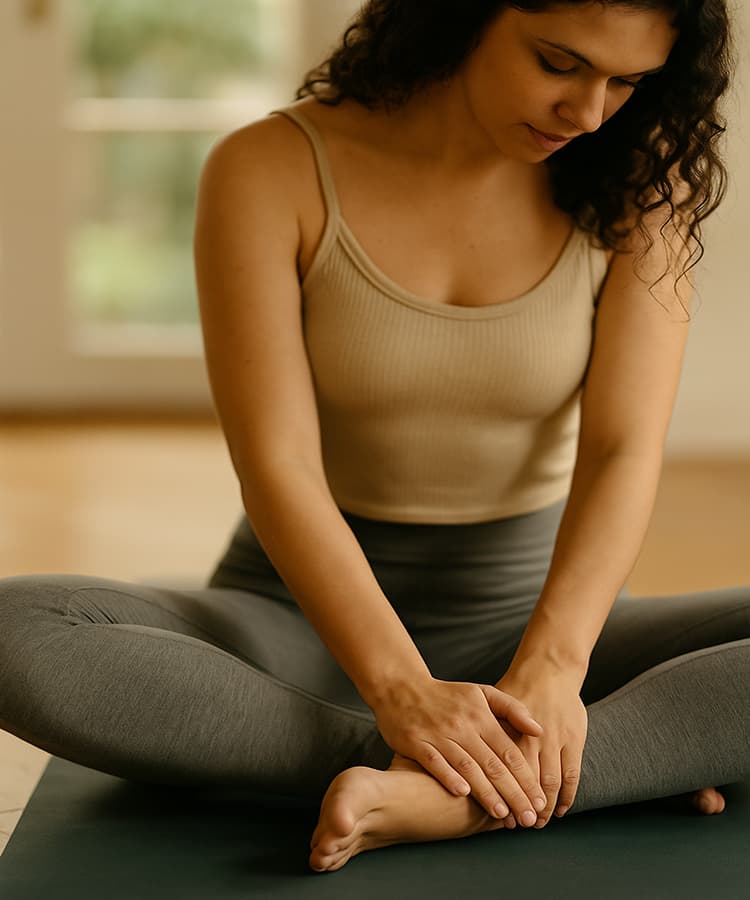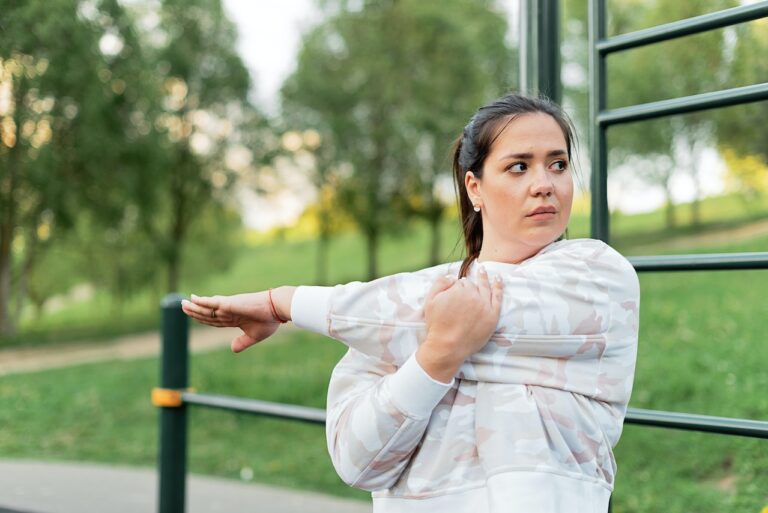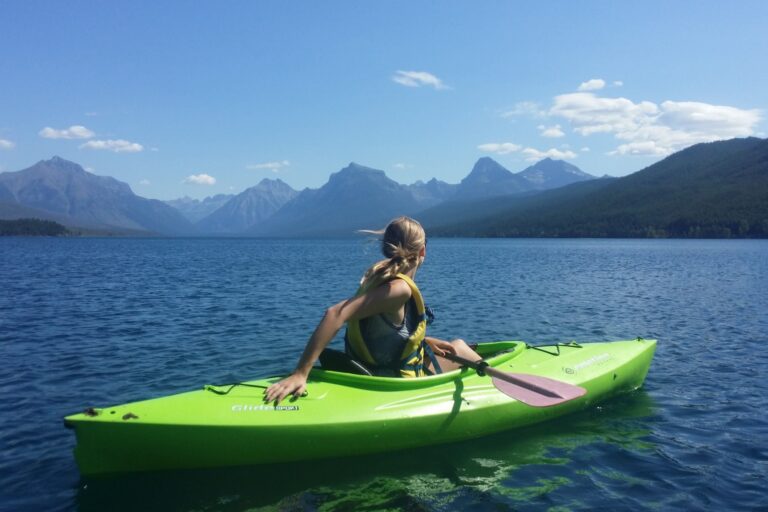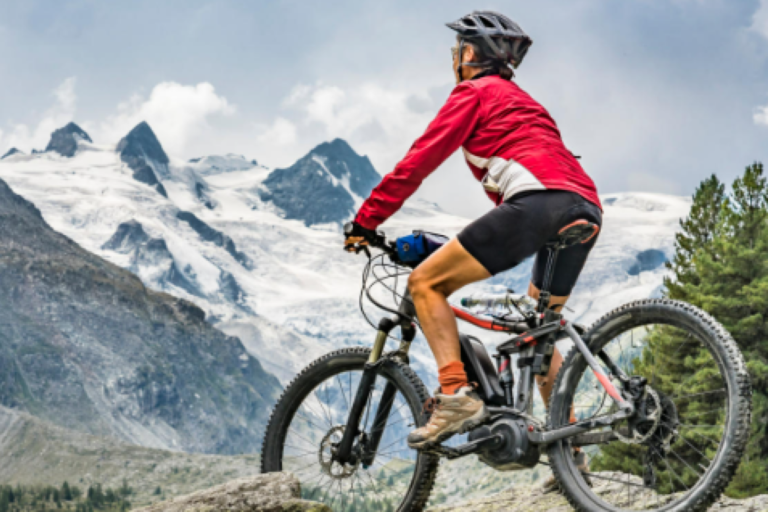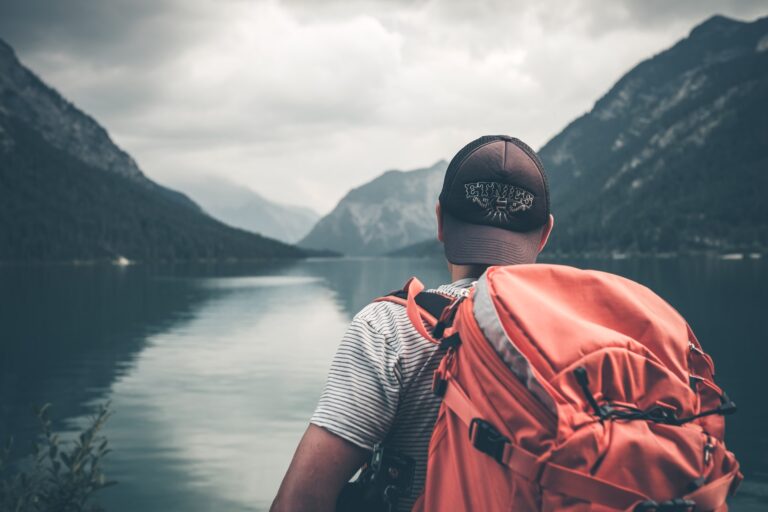For many people surfing starts on a trip: they vacationed somewhere in Sri Lanka or Bali and decided to try it. They came to the beach in the morning, watched how to get up on a board, and tried it too.
But during a pandemic, every trip abroad becomes worth its weight in gold. It is necessary to save both money and time, and therefore for the first foreign surfing it is better to prepare in advance.
Where to start?
To try surfing at home is always cheaper than going to a surf camp abroad. So the first points will be enrollment in school and a short trip somewhereе to practice in real conditions.
Surfing requires good physical fitness, so pay attention to the following points:
- To get in shape, you’ll have to adjust your daily routine, do exercises and exercises you learn at surf school, go to bed at the same time, drink less if you do, and eat a balanced diet.
- If you are afraid of water and waves, it is better to go to the pool with an instructor before training and work through this problem.
- It is necessary to work out not only during training. The basis of surfing – balance, and on it you have to work a lot. Buy a special board, a balance board, open any balance board videos on YouTube and train right at home.
It is best if the board is always in a room in a prominent place. Then you will be drawn to stand on it every time you pass by, which means you will improve your balancing skills unnoticed.
What does surf school teach you?
It seems that all you have to do is buy a ticket and fly somewhere to start surfing. True, on the spot beginner waits a problem that no one talks about: a week of surf-camp you risk only a couple of times to stand on a board. Not sorry for the time and money?
That’s why we recommend that you start by learning to surf at school. Instructors will teach you how to do it right away and follow it, will give important exercises and load just for your body. In addition, there will be more opportunity to learn your strengths and weaknesses not in the meat grinder of Moroccan or Maldivian waves, but in the Moscow pool.
There are no artificial waves in the pool, but there are professional surfers and swimmers. The first ones will teach you to swim on the board, climb on it and – almost most importantly – to fall safely. And the latter will explain that all your life you are likely to swim and breathe underwater wrong, and show you how to do it better for surfing.
Where to go to find out if surfing is your thing
The skills you’ve gained in the pool and the gym, immediately want to test on the big water. But don’t book a trip to the Maldives – try surfing somewhere nearby.
It’s great to plan a short trip like this while you’re still in school. Then you can discuss with the instructor all the features of your first surfing experience.
First surfing on open water. Most important.
- If you don’t have much experience, practice only on beginners’ spots: the foam. This is the remnant of a wave that rolls toward the shore in shallow water, but still has the power to drag you. When you’re just starting out, you don’t want the perfect waves that are usually depicted in pictures of surfers. Look for ankle-high white ridges moving toward the shore. Feel free to surf where the kids are learning, because your goal is to find a place that is not too crowded where you can catch waves and learn to swim with and stand up on a board.
- If you’re just starting out in surfing, look for or ask for a bigger board at a surf spot. Shortboards – short, narrow, pointy boards – are nice, but these boards don’t have enough volume or length for the smaller waves that are best for a beginner to learn on. There’s nothing wrong with starting with a soft-top, an inexpensive soft-coated board. It has a good grip on the water and it’s comfortable to paddle on. This way it will be easier to learn how to catch the moment when it’s time to get on a wave.
- Before you go in the water, at least half an hour to observe other surfers. You need to watch exactly where they start to swim, where the waves break and in general on the level of ability of those around them. Who are they: beginners or experienced athletes?
- You also need to make sure that the waves are of a comfortable height for you. Sometimes it takes 30 minutes or more to see the swells. Once you get in the water, swim away and observe a little more: you need to understand where other surfers catch waves and how those waves break at all.
- Respect those around you. As with many street sports, the locals and experienced athletes know the surrounding area better, and also sometimes consider it their own property. Be polite, don’t shout and don’t get in anyone’s way.
- Follow the rules. Usually, one person rides one wave. Imagine: a wave is moving to the shore, and you and another surfer are going to catch it. Let’s say it breaks to your left and then moves to the right. If the other surfer is to your left, the wave will go to him and you need to stop paddling and wait for the next wave. If the wave diverges in two directions, then one person can paddle on each side.
Sometimes someone yells “going right” or “going left” to indicate their direction – that person is the one who has the right to move. If you are in a spot where there is only one exit to the wave, wait your turn, taking your time to swim up while others are surfing. Swimming close to other surfers is bad form.

- Do not interfere with others when you’re casting off after your ride. If there is a “channel” (a channel, a deeper area where the waves don’t break), swim there. Never swim through areas where others are riding: this is not only safer for you and those around you, but also saves strength. If you don’t have that option, be careful. Not bumping into a surfer surfing is your concern.
If someone is riding a wave coming toward you, paddle in the opposite direction of where the surfer is going. Always hold on to your board.
- If you fall off your board, cover your head and remember the rules from school.
Be sure to warm up and drink water before and after your ride.

